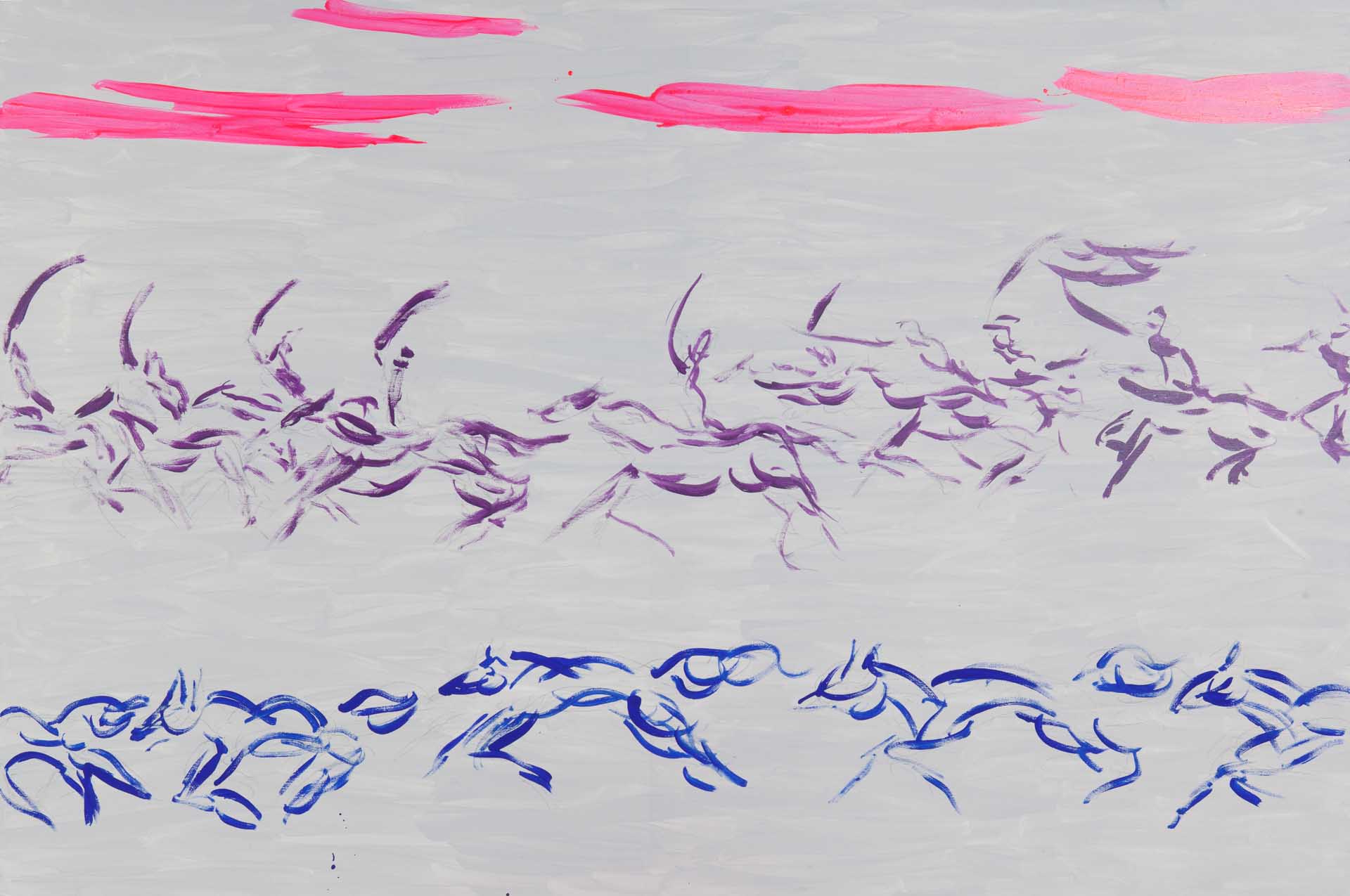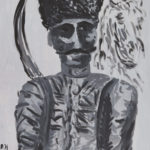Cossacks and Wolves

Medium
Both Cossacks and wolves embody the same savage hunting energy. as they both move in groups and change their territories at need. There something sacred in them, deep and ancient, still surviving in our perception. Like pagan semi-deities, respectively Centaurs and totemic animals. As much as the wolf has almost disappeared from heraldry in modern times (though it was the symbol of some Grecian populations, of Rome itself and of the Dacian civilization), barely surviving in modern Turkey - a memento of its nomadic history. And among Mongols and their own history too. So much has been written about the wolf as a symbol. Cossacks represent a fascinating myth in Russia too. Wild, powerful, native Cossacks. The deepest root of Russian vitality. Three of the most prominent White Russian generals in the long Civil War that ensued after the 1917 Revolution , ‘Vrangel, von Ungern-Sternberg and Semenov), had been officers in the same Cossack Regiment in world War I. And the Austrian novelist Joseph Roth was fascinated by their cavalcades (Radetzky March). Cossacks fought always on the wrong side of history, with White Armies first and with the Germans against Stalin in World War II. In aesthetics, whether literature or art it doesn’t matter, losers are by far preferable.Artist
Zalmoxis Project
Title
Cossacks and WolvesDimensions
150x100



